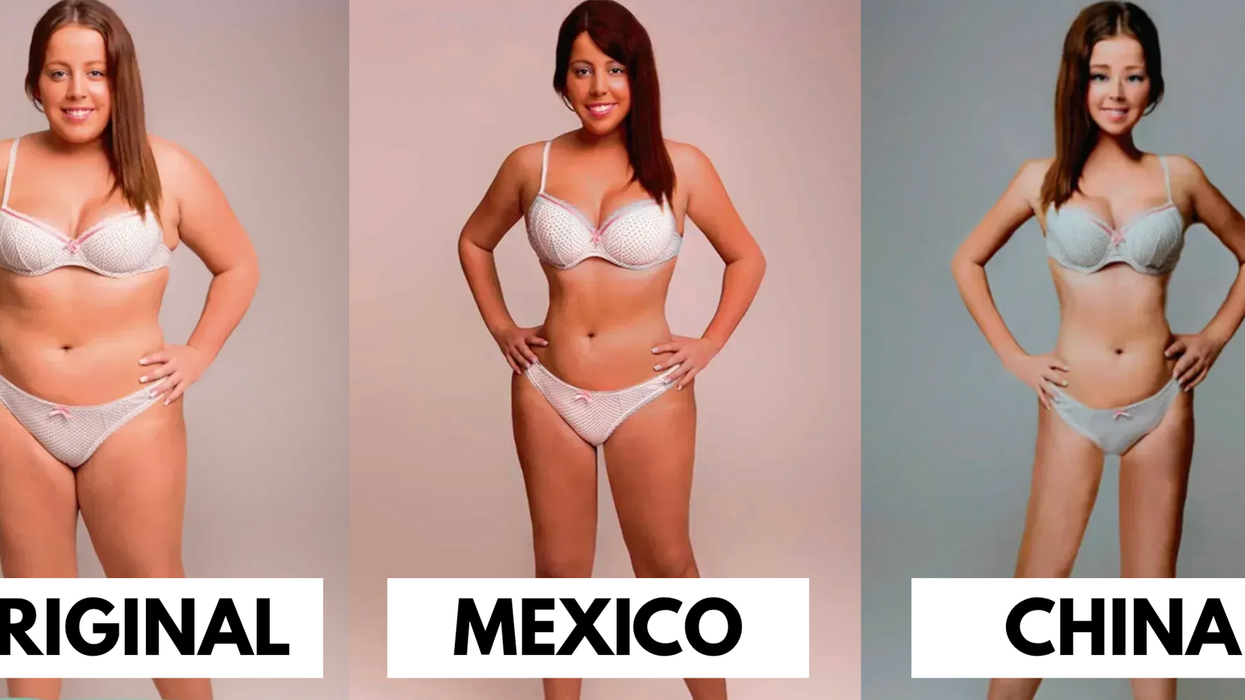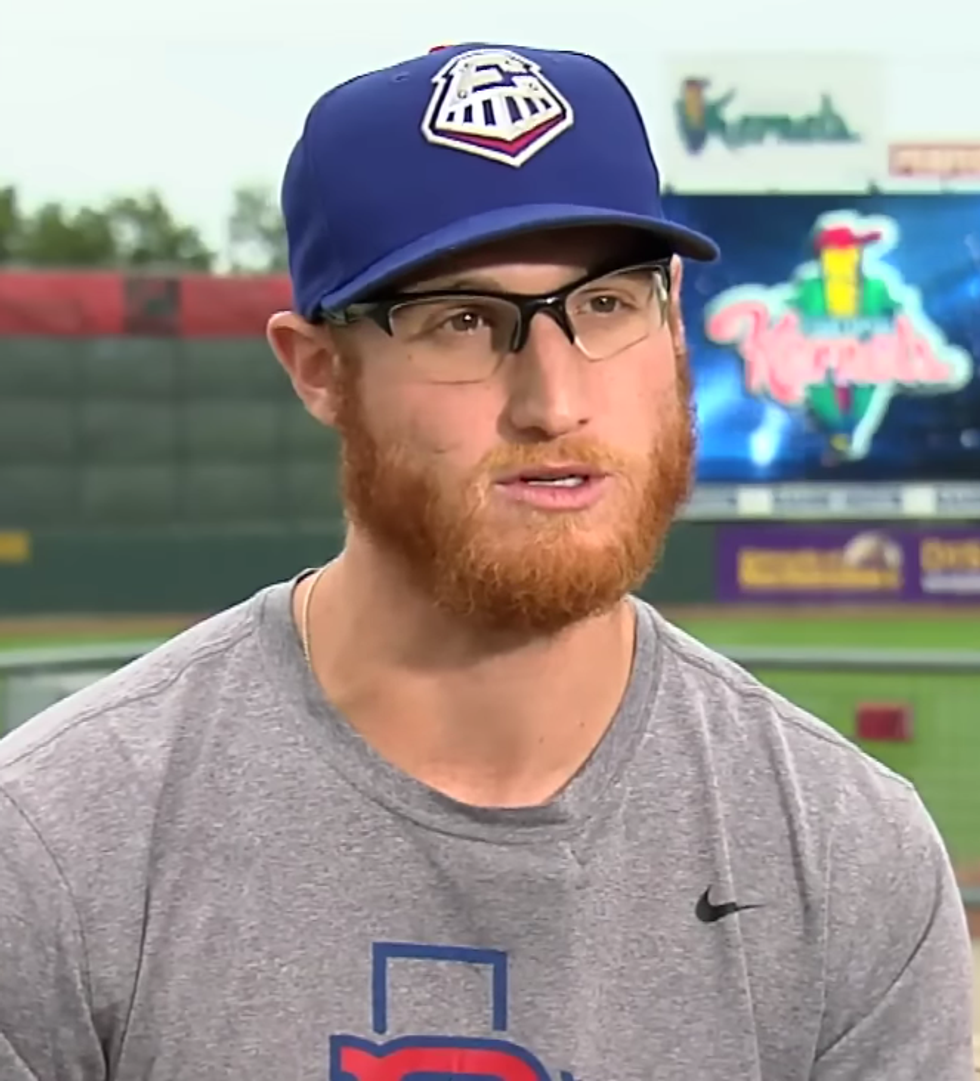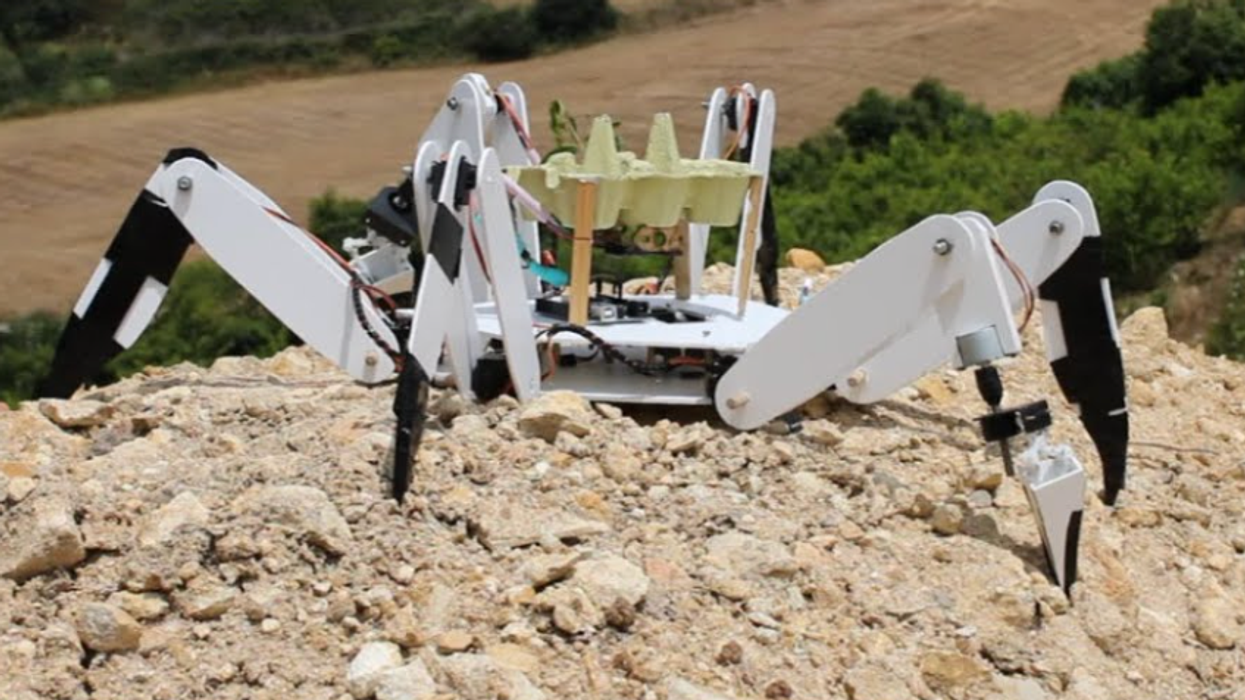The Great Pacific Garbage Patch is our piece de resistance of just how disgusting humans have made this planet. The patch sits in a remote part of the Pacific Ocean, somewhere between California and Hawaii. It's home to 1.8 trillion pieces of trash, weighting 88,000 tons. Plastic nets, fishing rope, and plastic bottles have accumulated into a sort of sea landfill. It's one of five ocean gyres (a spot where rotating currents allow marine debris to accumulate), and it's also the world's largest accumulation of plastic waste.
Scientists have known about the five gyres of the world for a while, but haven't studied their impact on marine life. Why would they? The Great Pacific Garbage Patch is an oceanic desert, meaning very few fish and mammals live there. Now, we're getting a better glimpse at how our empty Starbucks cups and plastic bags can mess with marine life. Whales have been spotted interacting with the Great Pacific Garbage Patch.
Researchers from the Ocean Cleanup Foundation (a non-profit working to remove plastic from the seas using technology) noticed a total of 14 whales, making it the first time whales were spotted in the patch. A total of two baleen whales, three beaked whales, four sperm whales, and five other cetaceans were spotted. This included a mother and her calf. Some of the plastics were close to where the whales were swimming, putting the whales in danger. Their findings were published in Marine Biodiversity.
RELATED: Whales' migration patterns can be tracked by their songs, researchers claim
Researchers spotted the whales in October 2016 while counting ocean plastics, making the whale sighting unexpected. "[T]his oceanic garbage patch is within what is called 'oligotrophic waters', which are believed to host a limited number of animals," study author Julia Reisser, from the University of Western Australia, told Newsweek. "Our observations indicate that this plastic pollution hotspot is either home or an important migration corridor for many marine vertebrates, including whales."
The presence of the trash put the whales in danger, making their swim anything but a harmless frolic. "For the first time, we found proof of whales and dolphins in the Great Pacific Garbage Patch, which means it's highly likely they are eating or getting tangled in the huge amount of plastic in the area," one of the scientists, Chandra Salgado Kent, wrote in The Conversation.
90% of all trash floating in the ocean is plastic. It's not just disgusting, it's also dangerous to marine life. They can ingest them or become entangled in them. Recently, several whales have been found with massive amounts of trash inside their stomachs. This March, a Culver's beaked whale was found in the Philippines with 88 pounds inside its belly. Last December, a sperm whale was found in Indonesia that had ingested a whopping 1,000 pieces of plastic.
RELATED: New study finds whales might be our best defense against climate change
Hopefully, the Great Pacific Garbage Patch will shrink in size. A cleanup is currently underway. A 10-foot screen is utilizing the sea currents to passively collect plastics, including microplastics.
The less trash in the ocean means the less there is for whales and other marine life to eat. While we can't go back in time to clean up the mess, we can fix things in the present and future.

















 A road near equatorial Atlantic OceanCanva
A road near equatorial Atlantic OceanCanva Waves crash against rocksCanva
Waves crash against rocksCanva
 Older woman drinking coffee and looking out the window.Photo credit:
Older woman drinking coffee and looking out the window.Photo credit:  An older woman meditates in a park.Photo credit:
An older woman meditates in a park.Photo credit:  Father and Daughter pose for a family picture.Photo credit:
Father and Daughter pose for a family picture.Photo credit:  Woman receives a vaccine shot.Photo credit:
Woman receives a vaccine shot.Photo credit: 
 Image artifacts (diffraction spikes and vertical streaks) appearing in a CCD image of a major solar flare due to the excess incident radiation
Image artifacts (diffraction spikes and vertical streaks) appearing in a CCD image of a major solar flare due to the excess incident radiation
 Brady Feigl in February 2019.
Brady Feigl in February 2019.
 Yonaguni Monument, as seen from the south of the formation.
Yonaguni Monument, as seen from the south of the formation. 
